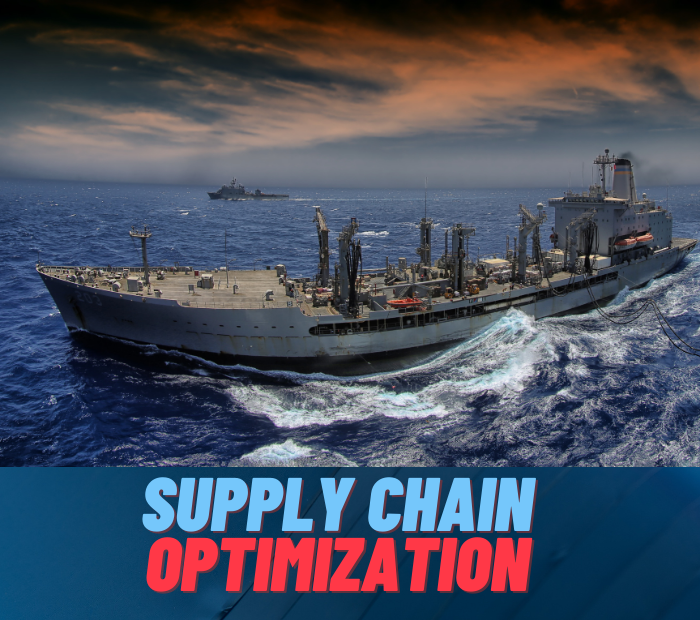Supply chain optimization refers to the process of improving the efficiency and effectiveness of a supply chain by optimizing its various components such as inventory management, transportation, warehousing, and distribution. The goal of supply chain optimization is to reduce costs, increase speed and responsiveness, and improve customer satisfaction.
There are several approaches to supply chain optimization, including:
- Network design optimization: This involves optimizing the structure of the supply chain network, including the number and location of facilities, to minimize costs and improve service levels.
- Inventory optimization: This involves optimizing inventory levels and replenishment policies to reduce inventory carrying costs while ensuring adequate stock availability to meet customer demand.
- Transportation optimization: This involves optimizing transportation routes and modes to reduce transportation costs while ensuring timely delivery.
- Demand forecasting and planning: This involves using data analytics and forecasting techniques to accurately predict customer demand and plan production and inventory accordingly.
- Supplier relationship management: This involves managing supplier relationships to ensure reliable and efficient supply of goods and services.
By optimizing these components, companies can improve their supply chain performance, reduce costs, and enhance customer satisfaction.
Read More: Encompass supply chain
- Cost Reduction: It can help businesses reduce costs associated with inventory, transportation, warehousing, and other supply chain activities. By optimizing supply chain components, businesses can reduce waste, improve efficiency, and negotiate better deals with suppliers.
- Increased Efficiency: It can help businesses increase efficiency by streamlining processes and eliminating redundancies. This can lead to faster delivery times, improved quality, and better customer service.
- Improved Customer Satisfaction: By optimizing the supply chain, businesses can improve their ability to meet customer demands, reduce lead times, and provide more accurate delivery estimates. This can lead to increased customer satisfaction and loyalty.
- Competitive Advantage: It can help businesses gain a competitive advantage by reducing costs, improving efficiency, and enhancing customer satisfaction. This can allow businesses to offer better pricing, faster delivery, and higher quality products or services than their competitors.
- Environmental Benefits: It can also have positive environmental impacts by reducing waste, optimizing transportation routes, and minimizing carbon emissions.
Overall, supply chain optimization can help businesses achieve their goals of reducing costs, improving efficiency, and enhancing customer satisfaction, while also providing environmental benefits and a competitive advantage.
By implementing JIT, companies can reduce inventory carrying costs, minimize waste, and improve production efficiency. This is achieved by carefully monitoring customer demand and production schedules, and adjusting production accordingly. For example, a manufacturer of computer components may use JIT to optimize its supply chain. The manufacturer may work closely with its suppliers to ensure that raw materials are delivered just in time to meet production needs. The manufacturer may also use a production schedule that is closely aligned with customer demand to minimize waste and reduce inventory carrying costs. By using JIT, the manufacturer can reduce inventory costs, improve production efficiency, and respond quickly to changes in customer demand. This can lead to improved customer satisfaction and a competitive advantage in the marketplace.
By using this algorithm, Amazon can optimize its inventory levels, reduce stockouts, and ensure that products are delivered to customers quickly and efficiently. Amazon’s distribution centers are strategically located to minimize shipping times and costs, and the company uses advanced logistics technologies, such as automated robots and drones, to improve efficiency. In addition to optimizing its inventory management and distribution processes, Amazon also uses supplier relationship management tools to ensure reliable and efficient supply of goods and services. The company has built a vast network of suppliers and logistics partners to support its global operations. By using predictive analytics and advanced logistics technologies, Amazon has been able to achieve significant cost savings, improve efficiency, and enhance customer satisfaction. This has helped the company become one of the world’s largest and most successful retailers.
Written by
Email: [email protected]

